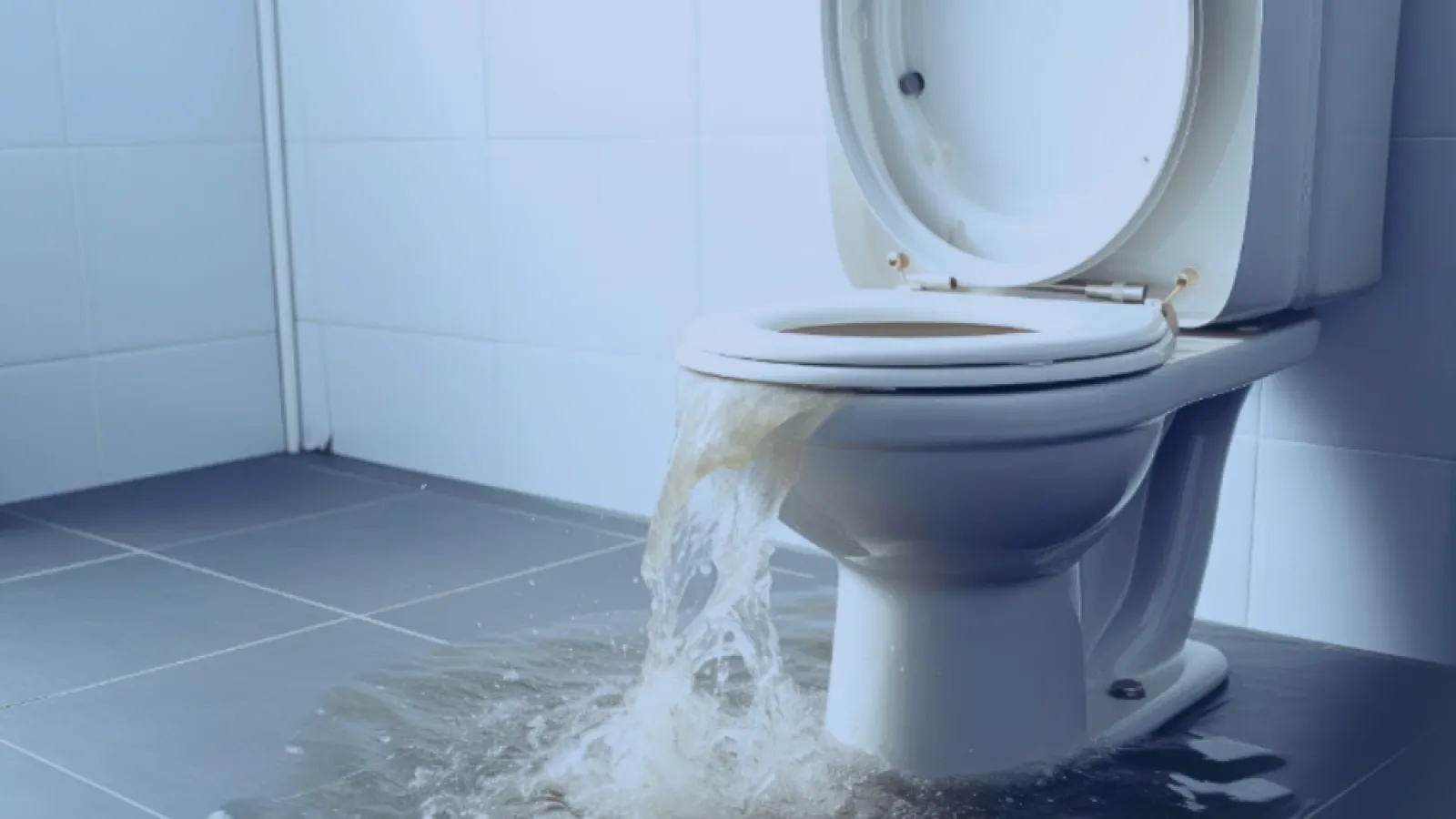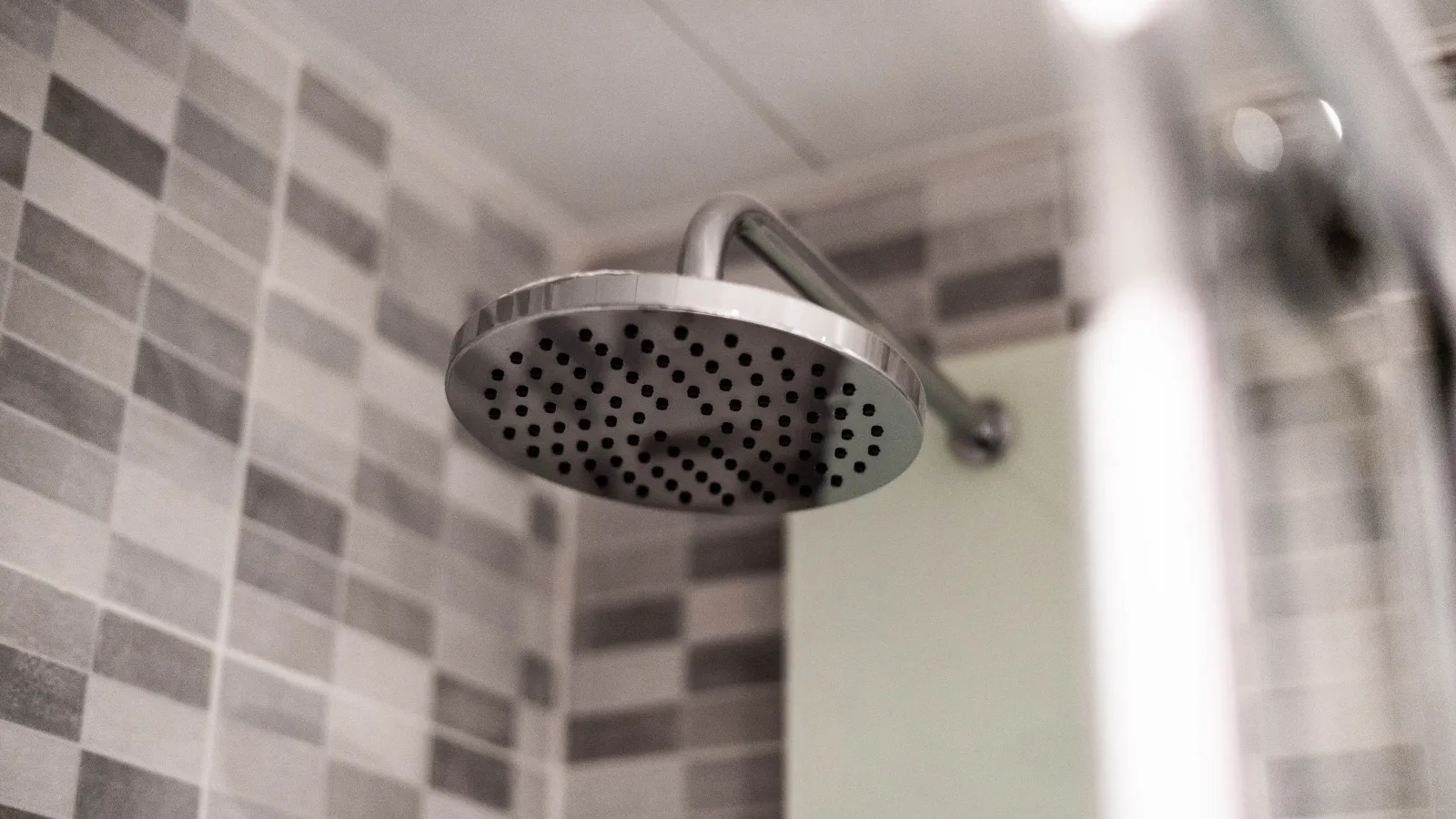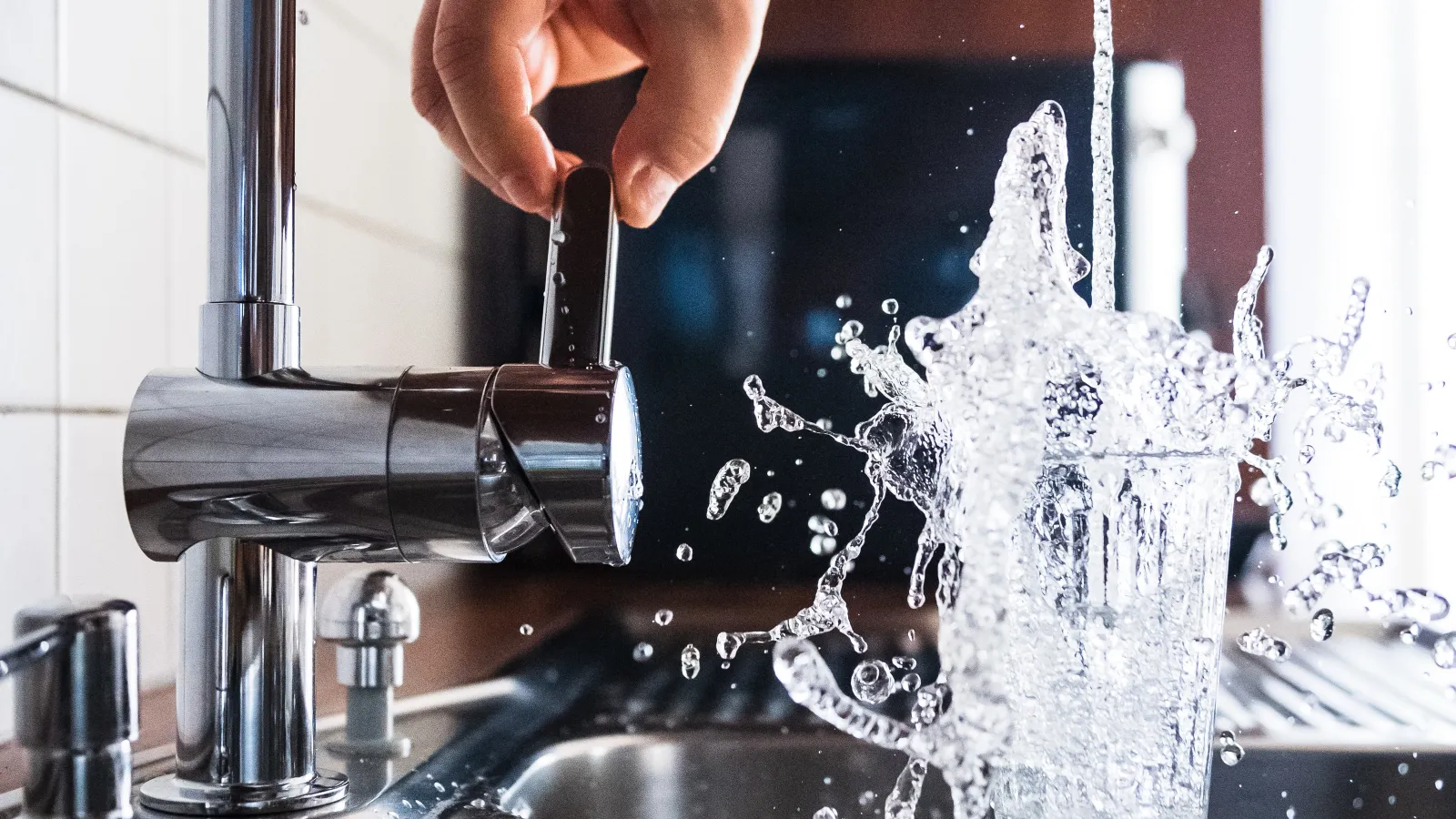Discount may not be combined with any other offers. Limit one coupon per customer.

How to Quickly Stop Your Overflowing Toilet
Discovering a toilet overflowing in your bathroom can be alarming. Immediate action is crucial to prevent extensive water damage. Here's a step-by-step guide to shutting off your toilet's water supply and addressing the issue, targeting common search intents related to toilet overflow problems.
1. Avoid Additional Flushing
If your toilet is overflowing, avoid flushing again. Introducing more water will only worsen the situation. Also, steer clear of chemical drain openers, which can damage your toilet's plumbing.
2. Prop Up the Float Mechanism
To stop your toilet from continuously filling, prop up the float mechanism inside the tank. First, remove the toilet tank lid. Inside, you'll find a float valve that rises and falls with the water level. When it's up, it halts the water flow into the tank.
Use a piece of wood or another object to hold the float valve in its raised position. For older models with a float ball and rod, lift the ball to stop the water flow. This temporary fix will help you manage an overflowing toilet until a permanent solution is found.
3. Turn Off the Shut-Off Valve
Most toilets have a shut-off valve on the wall or floor behind the fixture. Turn this valve clockwise to cut off the water supply. If the valve is stuck due to rust, apply a lubricant spray. Be careful not to force it too hard, which could break the valve and lead to a flooding disaster.
4. Use the Main Shut-Off Valve
If your toilet doesn't have a dedicated shut-off valve, turn off your home's main water supply. Locate your water meter, usually near the street or on the side of your house. The main shut-off valve should be nearby. A round gate valve requires multiple clockwise turns to shut off, while a lever-type ball valve needs only a quarter-turn to stop the water flow.
5. Unclogging Your Toilet
With the water flow under control, you can now attempt to unclog your toilet. Use a flange plunger for the best results. Apply firm, consistent pressure until the water level drops, indicating the clog is cleared. Restore the water flow and test your work by flushing the toilet. If the plunger isn't working and the clog persists, it may be time to call us for help.
Toilet Overflowing But Not Clogged
Sometimes a toilet can overflow without being clogged. This issue could be due to a malfunctioning fill valve or a problem with the toilet's internal mechanisms. Inspect the tank components and ensure everything is functioning properly. If you're unable to diagnose the problem, professional help is recommended.
Professional Toilet Repair Services
RooterPLUS! is your reliable partner for all plumbing needs in the greater Atlanta area. Our expert plumbers can quickly and affordably address overflowing toilets and other plumbing emergencies. Contact us for prompt and professional service.


